The scene was almost too horrible to take in, and yet in a world of bristling threats no scene has been more revealing: under the baking July sun of eastern Ukraine, hundreds of bodies lay rotting as pro-Russian militiamen, some of them apparently drunk, brandished their weapons to keep European observers away. A Malaysia Airlines Boeing 777 bearing 298 souls–AIDS researchers, young lovers, eager children–had been blown out of the sky, apparently by a Russian-made missile, and the dead fell in a gruesome storm. One voice, and one voice only, could put an end to this indecent standoff over the innocent victims. But Vladimir Putin merely shrugged and pointed a finger at the Ukrainian government and, by extension, its Western allies. “Without a doubt,” Putin told a meeting of his economic aides on the night of the disaster, “the state over whose territory this happened bears the responsibility for this frightful tragedy.”
Had Putin finally gone too far? As the days passed and the stench rose, the coldly calculating Russian President got his answer: apparently not. While state-controlled media at home buried Russia’s role in the disaster under an avalanche of anti-Western propaganda, leaders in Europe and the U.S. found themselves stymied once again by Putin’s brazenness. Dutch Prime Minister Mark Rutte, whose nation lost 193 citizens in the attack (one of them a U.S.-passport holder) called pitifully on Putin to do “what is expected of him” in helping recover the bodies. U.S. President Barack Obama struck a similar tone on July 21 after the victims’ remains had been packed into refrigerated train cars out of reach of foreign investigators: “Given its direct influence over the separatists, Russia and President Putin in particular has direct responsibility to compel them to cooperate with the investigation. That is the least that they can do.”
That was the crisis in a nutshell: the least Putin could do was the most Obama could ask for. The American President announced no deadlines, drew no red lines and made no threats. Even as U.S. intelligence sources asserted with growing confidence that Russian weapons and Russian allies were behind the missile attack, U.S. diplomats were met with roadblocks as they tried to rally Europe to stiffen sanctions against Putin. Obama and Rutte spoke as leaders without leverage, for their voters aren’t interested in military conflict with Russia or its puppets. A generation of Westerners has grown up in the happy belief that the Cold War ended long ago and peace is Europe’s fated future. They are slow to rally to the chore of once again containing Russia’s ambitions.
So Putin presses ahead. His increasingly overt goal is to splinter Europe, rip up the NATO umbrella and restore Russian influence around the world. As if to put an exclamation point on that manifesto, the pro-Russian rebels in Ukraine apparently resumed their antiaircraft attacks less than a week after the destruction of Flight 17. On July 23, two military aircraft belonging to the pro-Western Ukrainian government were shot down just a few miles away from the airliner’s crash site.
And Putin evidently will keep going as long as each new crisis only makes him stronger. The 21st century czar has mastered the dark art of stirring up problems that only he can solve, so that Western leaders find themselves scolding him one minute while pleading with him the next. The crisis in Syria last year is a perfect example. He supplied weapons and training for the armies of President Bashar Assad, propping up the tyrant while Western statesmen demanded Assad’s ouster. Yet when Assad crossed the “red line” drawn by Obama and used chemical weapons against his own people, Putin stepped in to broker the solution. At the urging of the Russian President, Assad gave up his stockpile of chemical weapons. In turn, the U.S. backed away from air strikes in Syria. And guess who still reigns in Damascus? Putin’s ally Assad.
Other world leaders try to avoid crises; Putin feasts on them. When a pro-Western government came to power in Ukraine, Putin dashed in to annex the region of Crimea–an act that redrew the borders of Europe and snatched away Ukraine’s territorial jewel. Within a month, Western diplomats began stuffing the issue into the past. Why? Because by then, Russia had stolen a march on eastern Ukraine, giving the West another crisis to deal with–and another problem that only Putin could reconcile. He made a show of pulling Russian troops back a short distance from the border with Ukraine, but Russian arms and trainers kept the separatists supplied for the fight. And when the fighting produced the macabre spectacle of the rotting corpses, once again the instigator was in the driver’s seat.
“Mr. Putin, send my children home,” pleaded a heartbroken Dutch mother named Silene Fredriksz-Hogzand, whose son Bryce, along with his girlfriend Daisy Oehlers, were among the victims of Flight 17. And he did send them home–but only after the crash site had been so thoroughly looted and trampled that investigators may never be able to prove exactly what happened.
Divided We Stand
Can the West stop a figure who is determined to uphold the dreary habits of czars and Soviet leaders while projecting Russian exceptionalism and power? Putin doesn’t have a lot to worry about when he looks at the forces aligned against him. Obama, as the leader of a war-weary nation, has ruled out all military options, including the provision of weapons to Ukraine. Europe is both too divided and too dependent on Russian energy supplies to provoke any lasting rupture in relations. The only option would seem to be the steady ratcheting up of sanctions.
That’s harder than it sounds. Putin has allies in the heart of Europe–notably Italy, which now holds the rotating presidency of the E.U.–and it has lobbied against the sort of sanctions that could do serious damage to Russia’s economy. Cutting off trade, the Italians say (and they speak for others), would only reverse the current, inflicting substantial pain on European corporations that benefit from it. “The Europeans are in a panic over the U.S. line on sanctions,” says Sergei Markov, a Kremlin-connected political consultant who traveled to Europe in mid-July to rally support among pundits and politicians there. “As soon as the E.U. gets the slightest chance to turn away from Washington on the issue of Ukraine, they will take it.”
Even if Europe does begin to match Washington’s tough stance on sanctions, there is scant evidence to suggest that they will work. They did not, for example, dissuade Russia from allegedly giving the separatists sophisticated SA-11 missiles, one of which U.S. intelligence officials say was probably used to shoot down MH 17. Imposing sanctions may simply make Putin lash out more. “It’s like poking a bear in the paw with a needle,” says Andrei Illarionov, who served as Putin’s top economic adviser in the early 2000s. “Will it prevent him from ransacking your cooler? Probably not.”
In fact, the first three rounds of U.S. sanctions–targeting Russian officials, oligarchs and state-run companies–have done little to stop the bleeding of Ukraine. If anything, as the world turned its attention away from the conflict in the former Soviet republic in the past several weeks, the fighting there has worsened. The top NATO commander in Europe, U.S. Air Force General Philip Breedlove, says Russian weapons and paramilitary fighters have continued flowing through the holes at the border. Russian troops massed in western Russia have kept up the threat of a full-scale invasion. “Everything that Putin has done has shown that he is absolutely all in on this issue,” says Ian Bremmer, head of the New York City–based Eurasia Group consultancy. “The Russians do not back down.”
Crackdowns and Conspiracy Theories
Instead of chastening the Russian President, the prospect of isolation has only seemed to harden his resolve. Nor is there any sign that Moscow’s ruling class–a section of Russian society that constitutes a key pillar of support for the President–has flinched in the face of Western threats and sanctions. Putin’s public-approval rating is the envy of every Western leader, standing at 86% as of late June, 20 points higher than when the Ukraine crisis began last winter, according to the independent Levada-Center polling agency.
But even if more-meaningful sanctions were somehow enacted, there is no guarantee they would help shove Putin off his pedestal. The Russian President thrives in crisis because he so effectively controls the narrative in the motherland. Russia’s pro-Kremlin TV networks–both state-controlled and private–are the main source of information for 90% of Russians. This TV propaganda machine helps keep Putin secure in an era when other strongmen have been toppled in revolutions driven in part by social media. Apart from a state-backed crackdown this year on independent news websites, the Kremlin’s supporters have proved adept at drowning out online dissent and flooding the Russian-language web with Putinthink.
His media networks have cast the conflict in eastern Ukraine as a righteous struggle, pitting a resurgent Russia against the conniving West. The pro-Putin talking heads on these channels hit reliably similar themes, championing Russian dignity, Orthodox Christian values, the survival of the Russian-speaking world and the fall of the American menace. Now MH 17 is being crammed into this narrative. After a brief wait for Putin to set the tone, a tide of conspiracy theories flooded the Russian media, all of them blaming Ukraine or its ally, the U.S., for shooting down the plane. With feelings toward the U.S. at an all-time low in Levada’s surveys, this wasn’t a difficult sell for a populace weaned on the dogmas of the Cold War. “It goes without saying that everything bad that happens to us is initiated by the United States,” says Mikhail Zygar, editor in chief of Russia’s only independent news channel. “That’s something many Russian politicians or just ordinary Russians get with their mother’s milk.”
Putin’s designs, meanwhile, are far grander than Ukraine. He hopes the conflict on Russia’s western flank will create divisions within Europe that shrink American influence. His vision–which he referred to on April 17, at the peak of Russia’s euphoria over the conquest of Crimea–is the creation of a “greater Europe” that would stretch from Portugal to Russia’s Pacific Coast, with Moscow as one of its centers of influence. By creating problems like Ukraine that only he can solve, he puts himself in the center of European politics. Russia’s vast oil and gas resources–on which Europe relies–only add to his influence.
The U.S., in this scenario, becomes a rival rather than an ally of Europe. “The United States is a major global player, and at a certain point it seemed to think that it was the only leader and a unipolar system was established. Now we can see that is not the case,” Putin said at the end of his appearance on a call-in show that day in April. “If they try to punish someone like misbehaving children or to stand them in the corner on a sack of peas or do something to hurt them, eventually they will bite the hand that feeds them. Sooner or later, they will realize this.”
A Case of Russian Pride
What happens in the aftermath of the MH 17 disaster will test Putin’s assessment of declining American power. The coming days will determine whether the U.S. and Europe can form a united front against a country that virtually the entire world believes handed a loaded weapon to an unregulated militia. “We can’t do this unilaterally,” says a senior official in the Obama Administration. “We’ve got to work with the Europeans on a strategy to help contain Russia.”
So far there’s not much unity on show. Four days after the downing of the airliner, when the bodies of the victims were still stuck in rebel territory, French President François Hollande said France would go ahead with the sale of at least one warship to Russia, the helicopter carrier Mistral, against the direct objections of the U.S. and U.K. “The symbolism is terrible,” the Administration official tells Time on condition of anonymity.
The symbolism was not much better when E.U. Foreign Ministers met on July 22 to discuss ways to isolate Russia further. Even with emotions still raw over the downing of MH 17, the ministers did not bring European sanctions into line with those of the U.S., choosing instead to add a few names to their blacklist of rebel leaders and Russian technocrats. They pledged to draft a list of harsher punishments later in the week, possibly including an arms embargo. Even the Dutch, who lost so many, do not yet seem keen to take the lead. “In the near term, much will depend on the Dutch and where European opinion settles,” says the Administration official. “The Europeans had already been moving forward–slowly, but forward.”
Certainly, the Dutch-led investigation into the shoot-down isn’t likely to trouble Putin soon. British experts are analyzing the plane’s flight recorders. Forensic experts are examining the wreckage that was scattered across an area of several square miles. The investigation could take years, and it will be complicated by the fact that the people likely responsible for the disaster–the rebel fighters–had several days to remove evidence of their culpability.
There is always the chance of a quick and unexpected breakthrough–a missile fragment with a chemical signature or a serial number identifying its source. One of the trigger pullers could break his silence and confess to the crime. That could lead to an arrest, extradition, a trial and conviction years down the road. But these are chances Putin seems willing to take. “Maybe he can still apologize,” says Zbigniew Brzezinski, who served as National Security Adviser under President Jimmy Carter. “But he would have to swallow a lot of mendacity.”
Besides, for now, Vladimir Putin answers to virtually no one. His command of the Russian airwaves will help him manage any blowback at home, spinning even the most damning evidence as part of an ancient American conspiracy. The more the world picks on him and Russia, the more it feeds a Russian will to push back, out of a sense of pride and victimhood. Isolation will still be the West’s only means of attack, and if Europe has lacked the will to impose it after Syria, after Crimea and even amid the global outrage over MH 17, it is unlikely to take action once the shock of the crash subsides. Putin has played this game before. He need only bide his time for the West’s own inaction to clear him.
–WITH REPORTING BY MICHAEL CROWLEY, ZEKE MILLER, JAY NEWTON-SMALL AND MARK THOMPSON/WASHINGTON; MIRREN GIDDA/LONDON; AND CHARLY WILDER/MOSCOW
Scenes from the crash site of Malaysia Airlines Flight 17
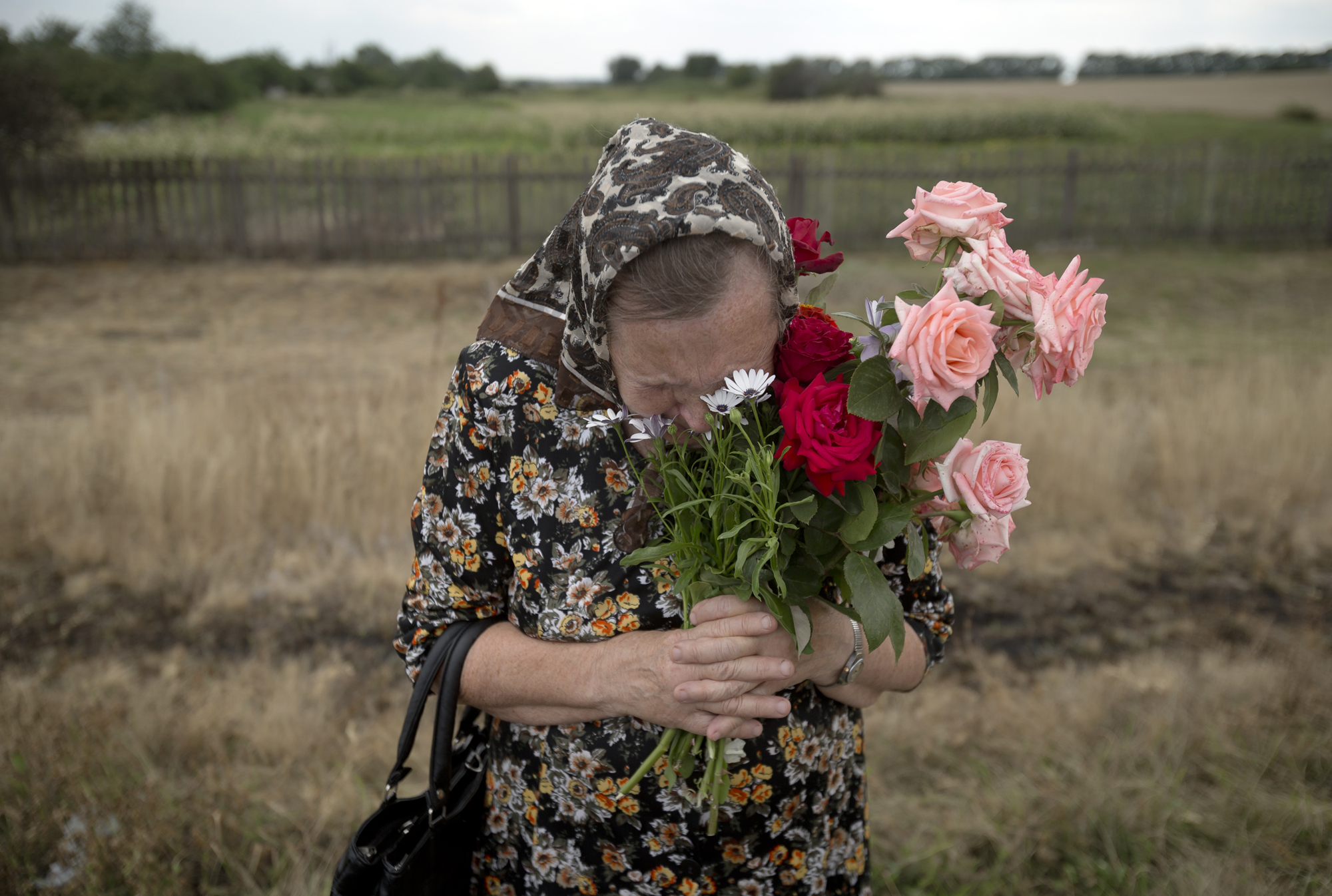

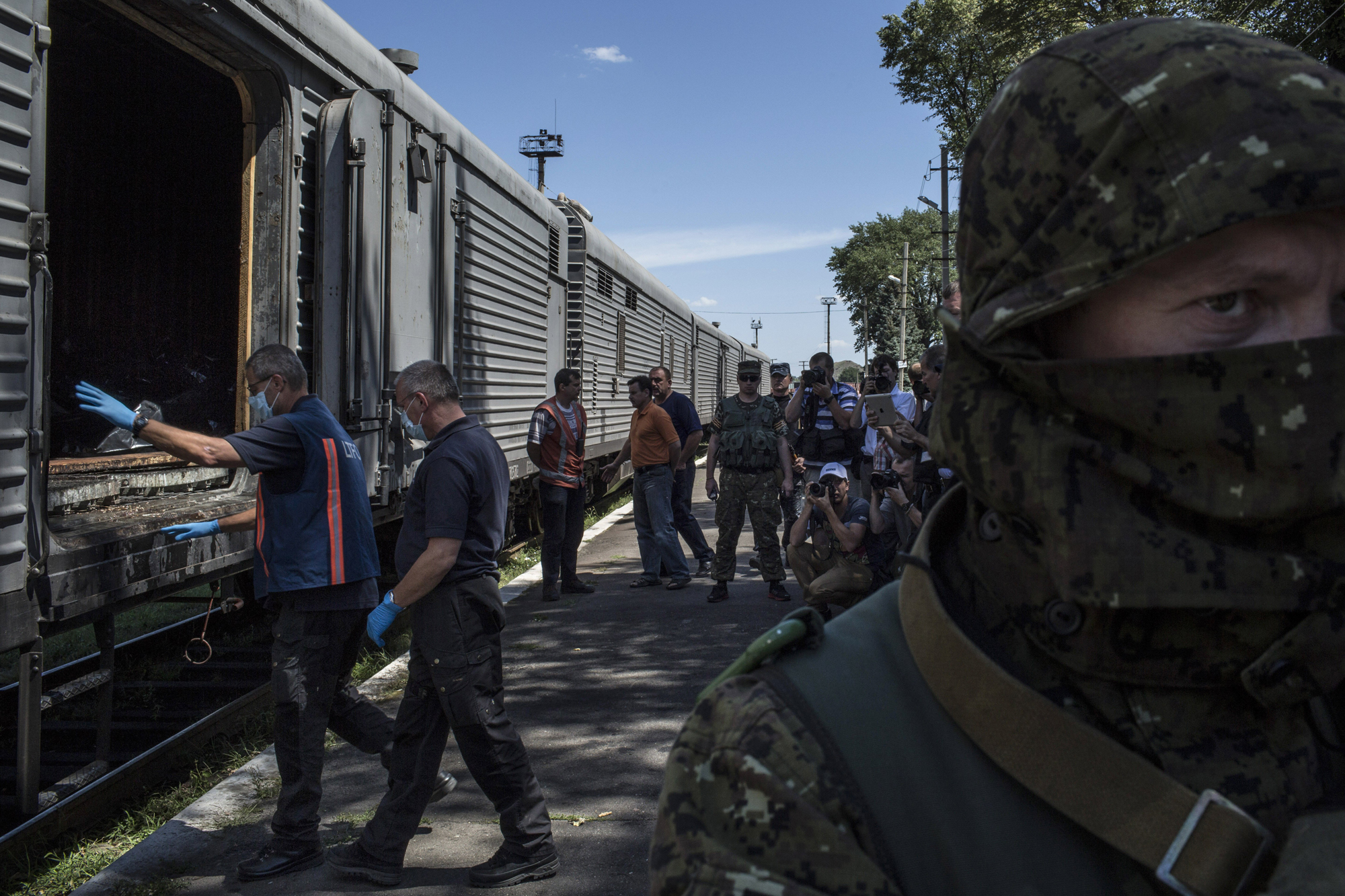
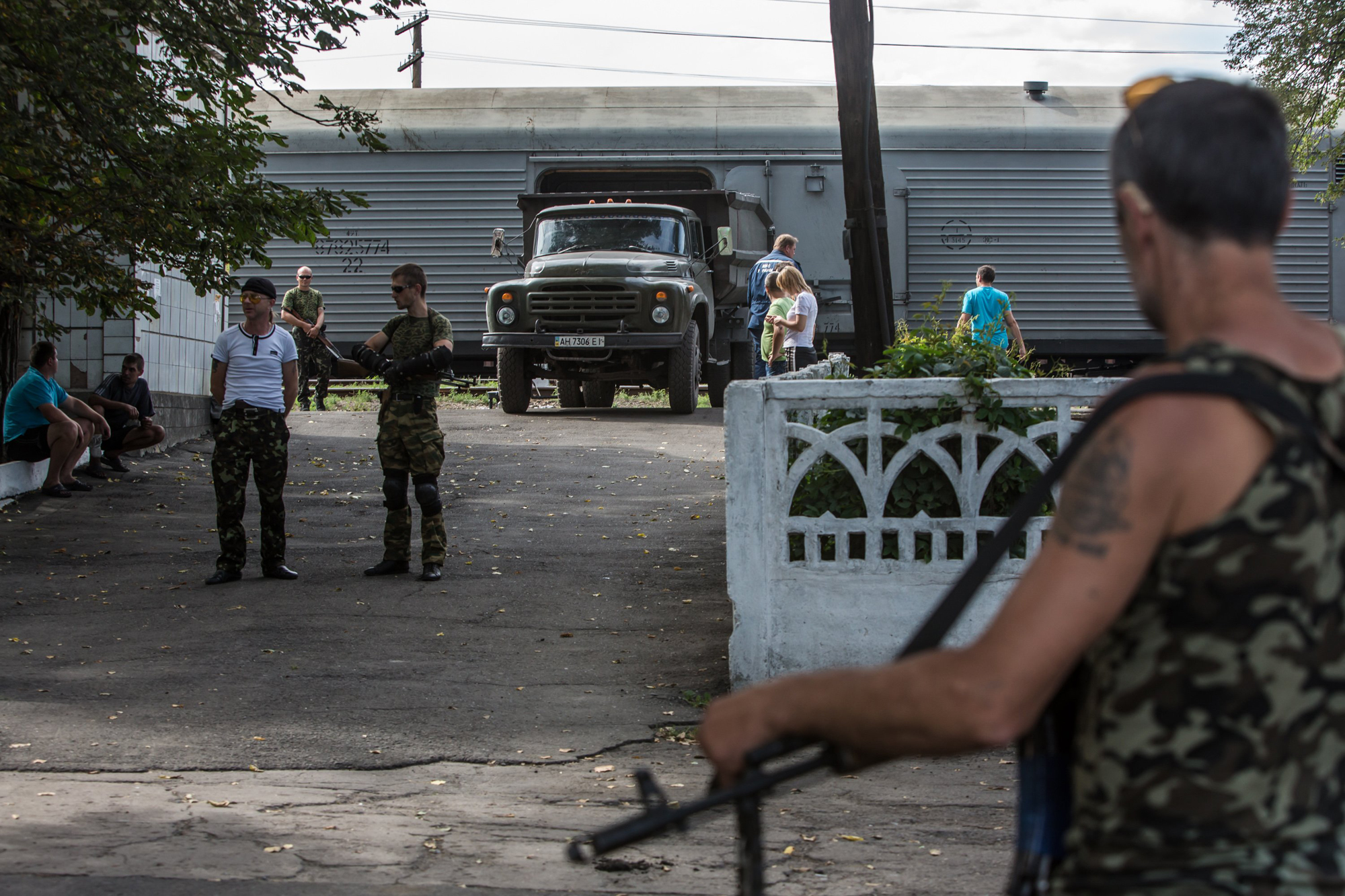
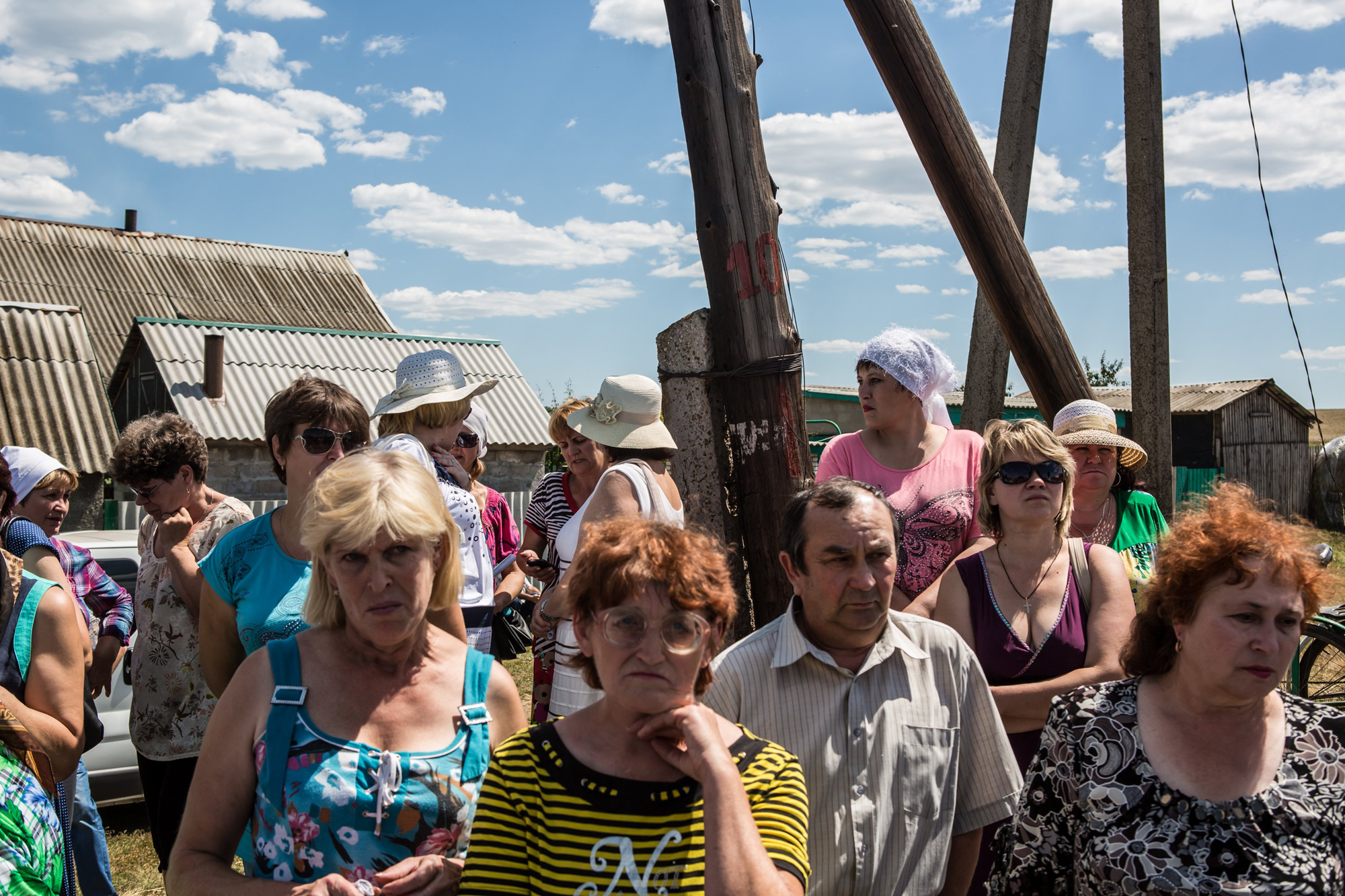

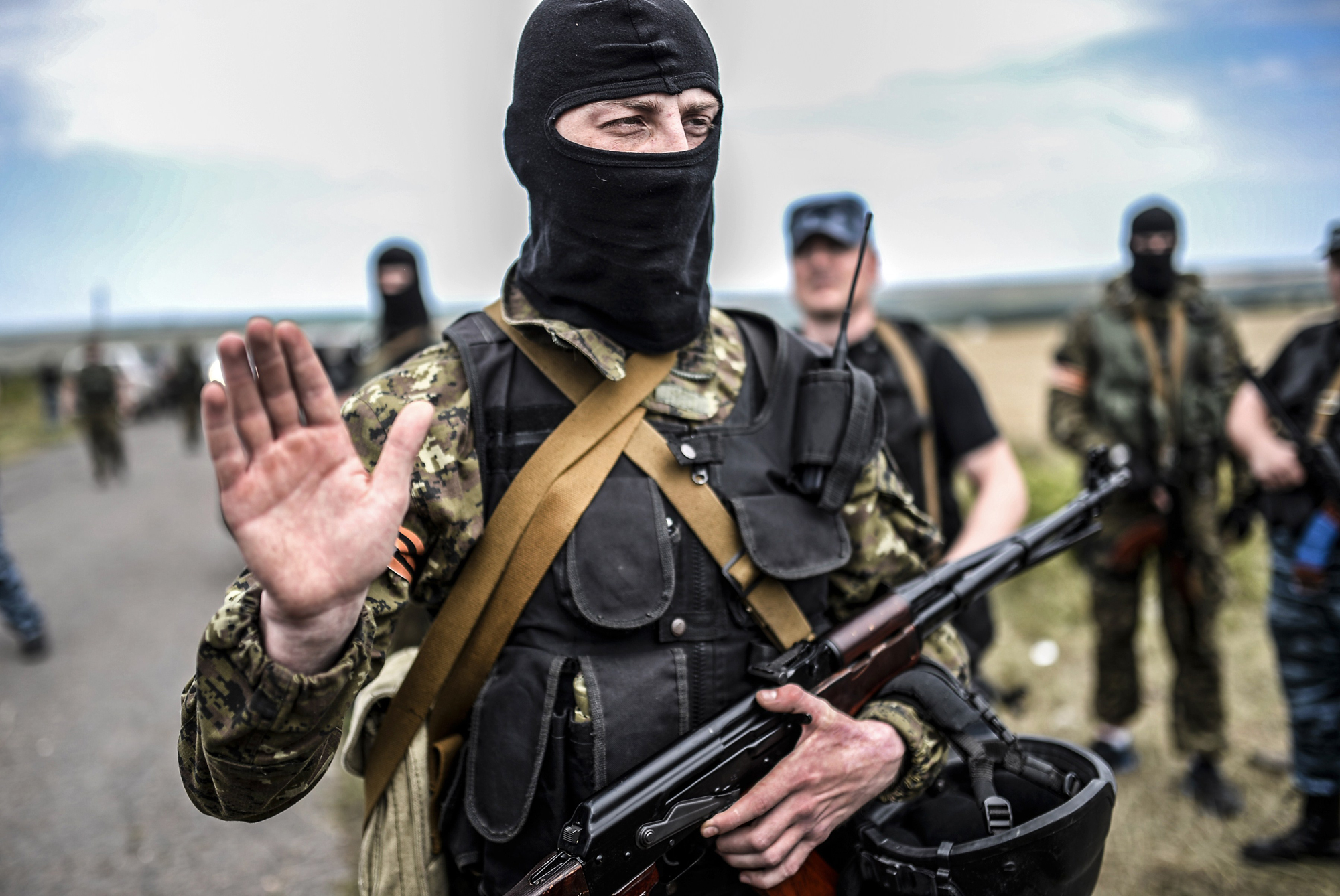
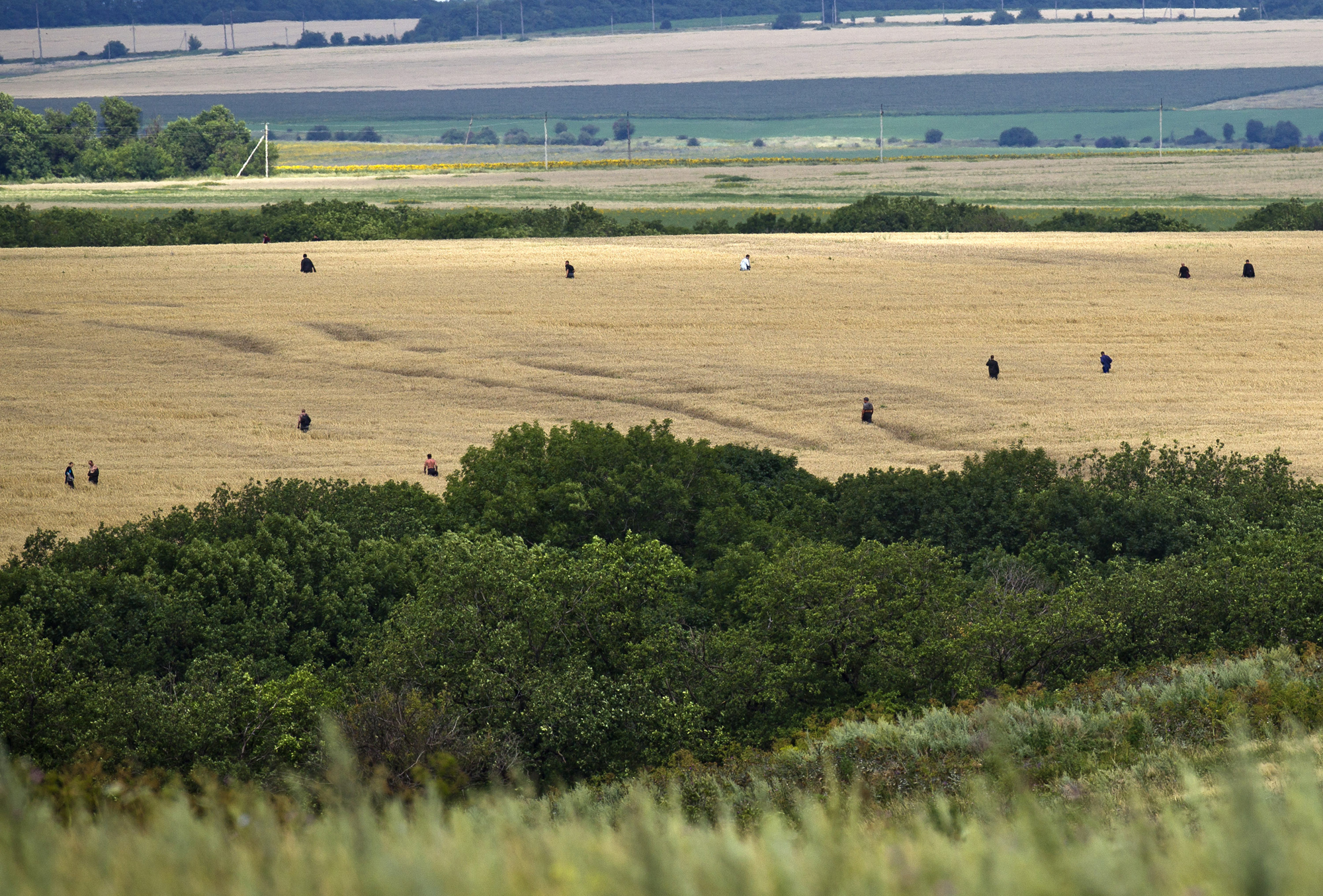

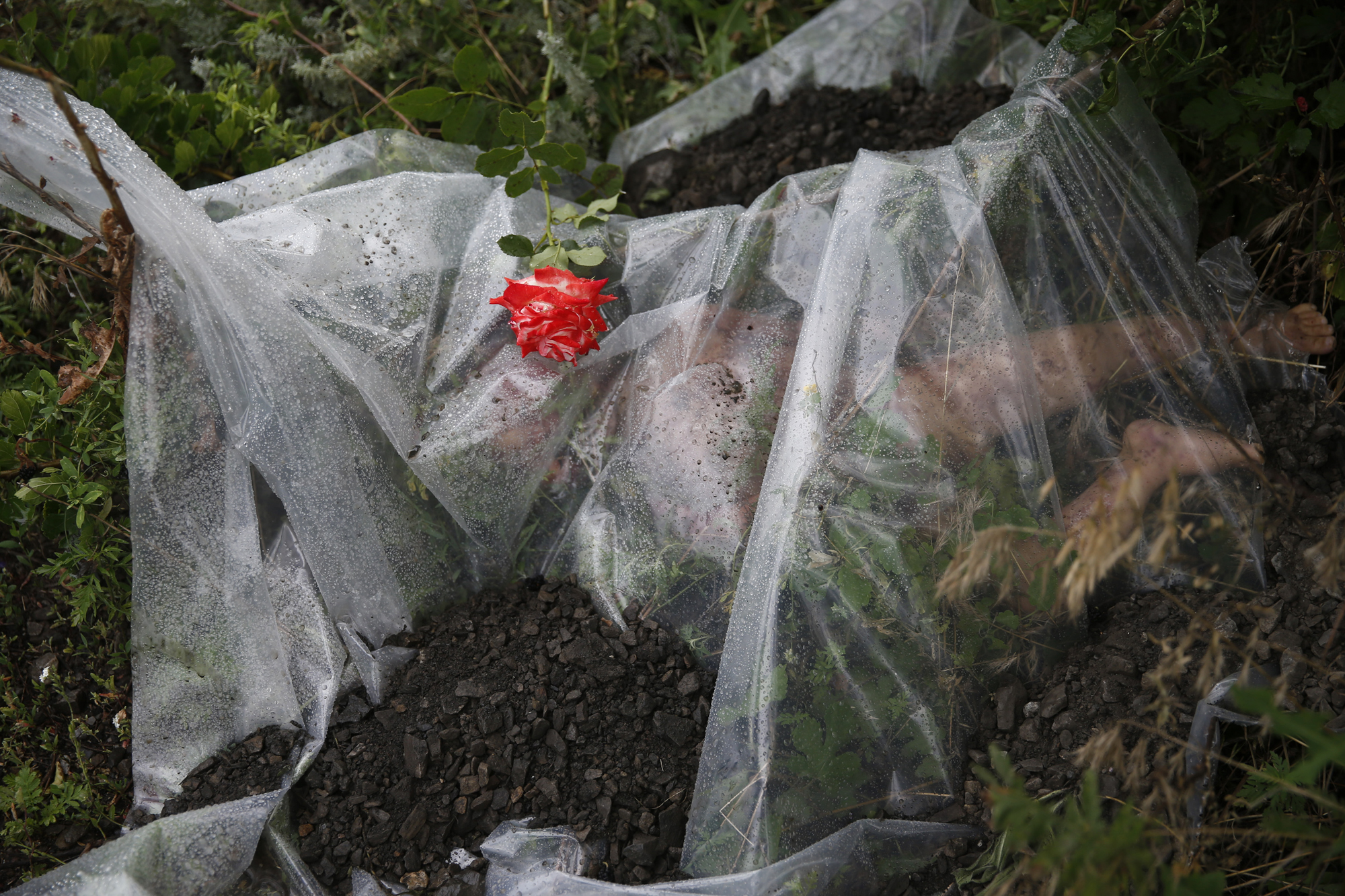
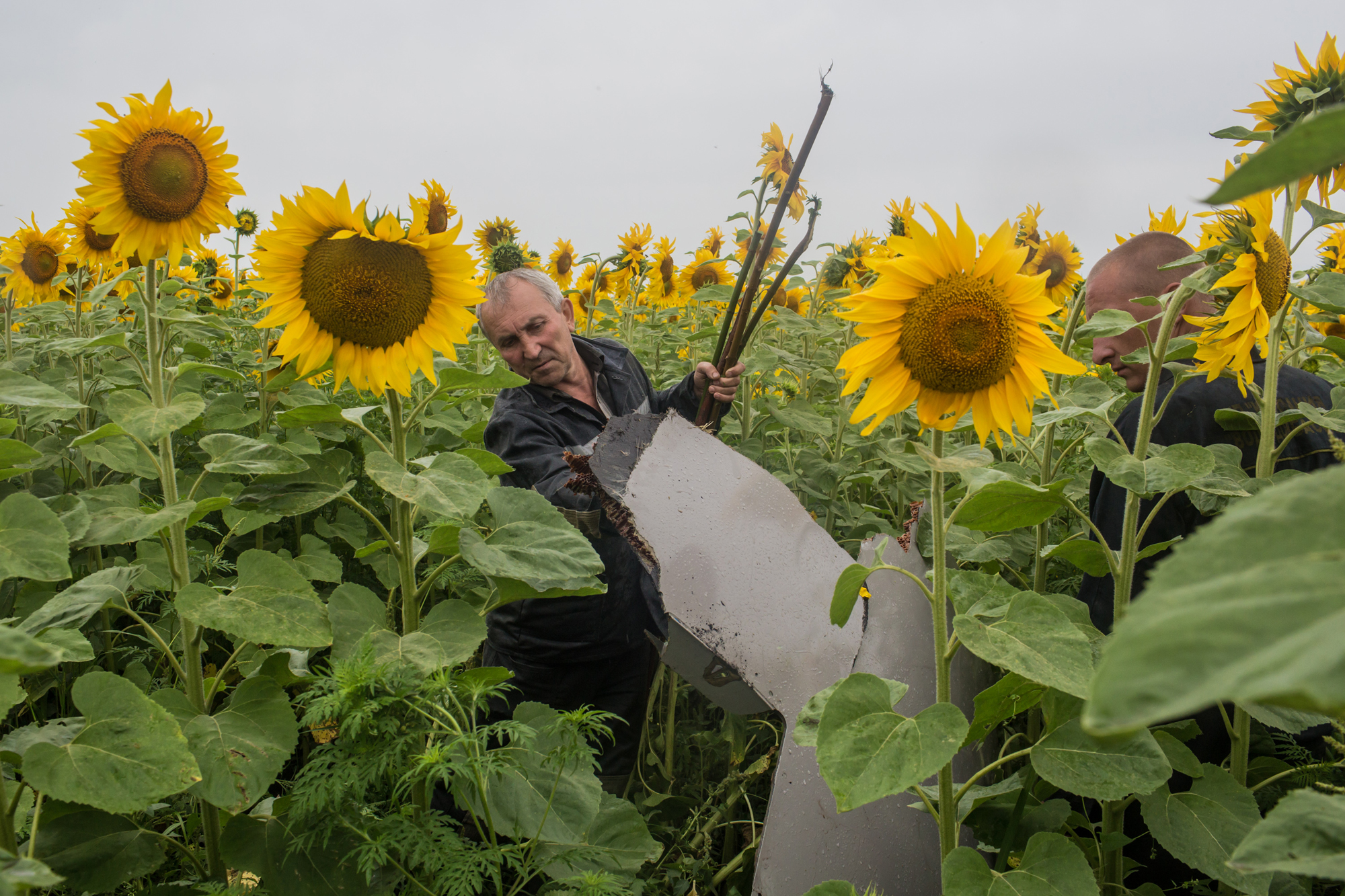


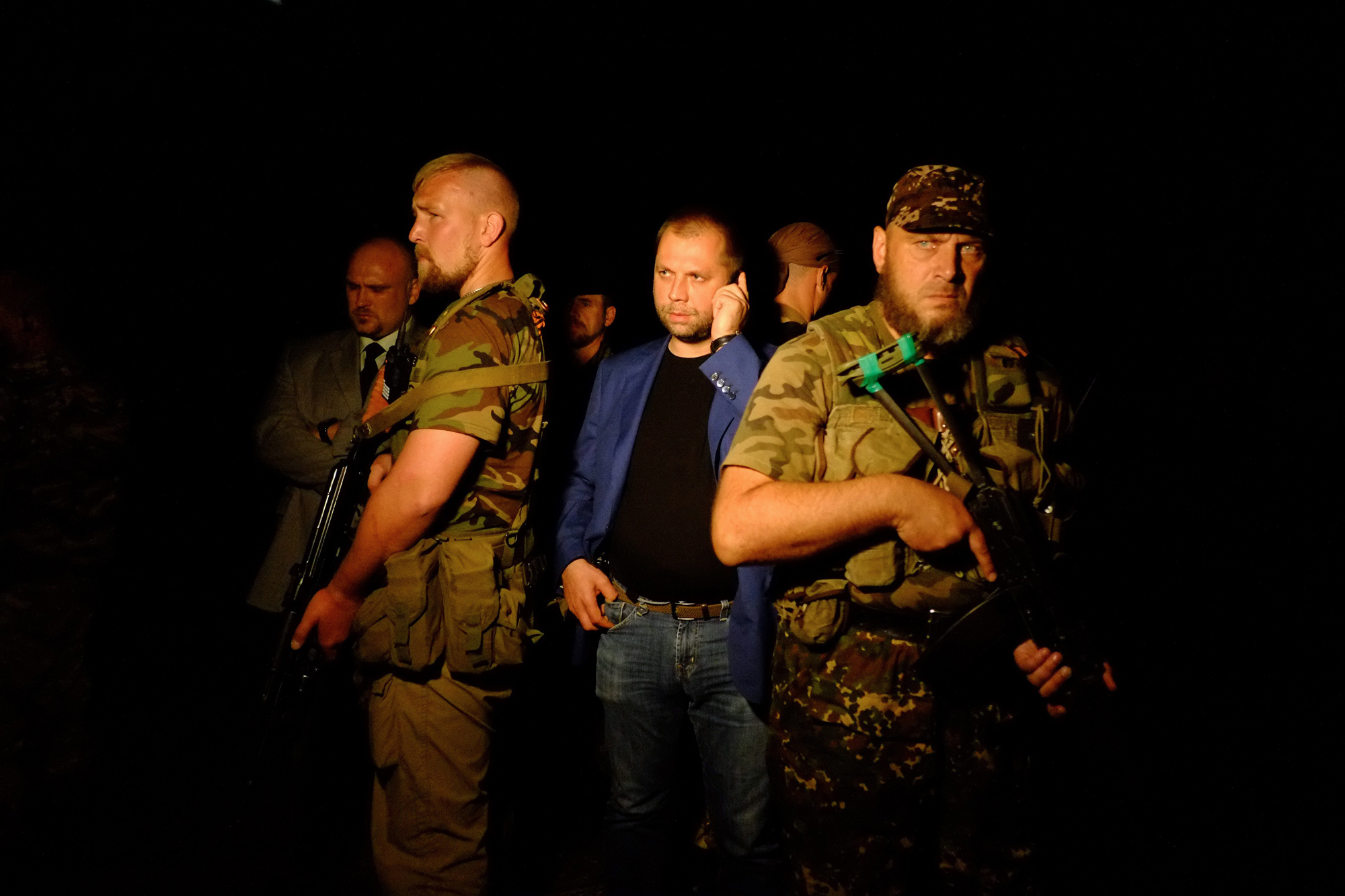
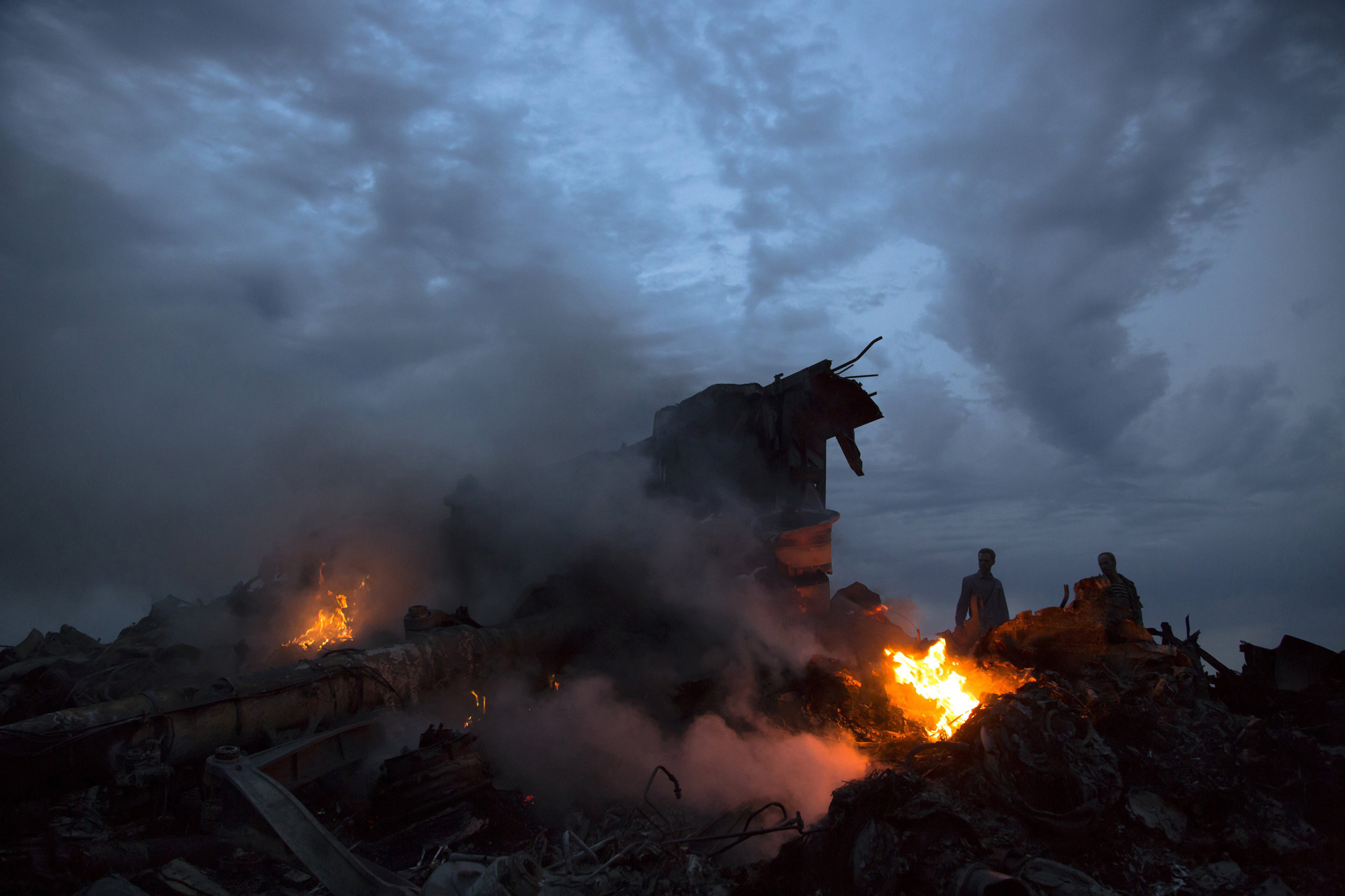

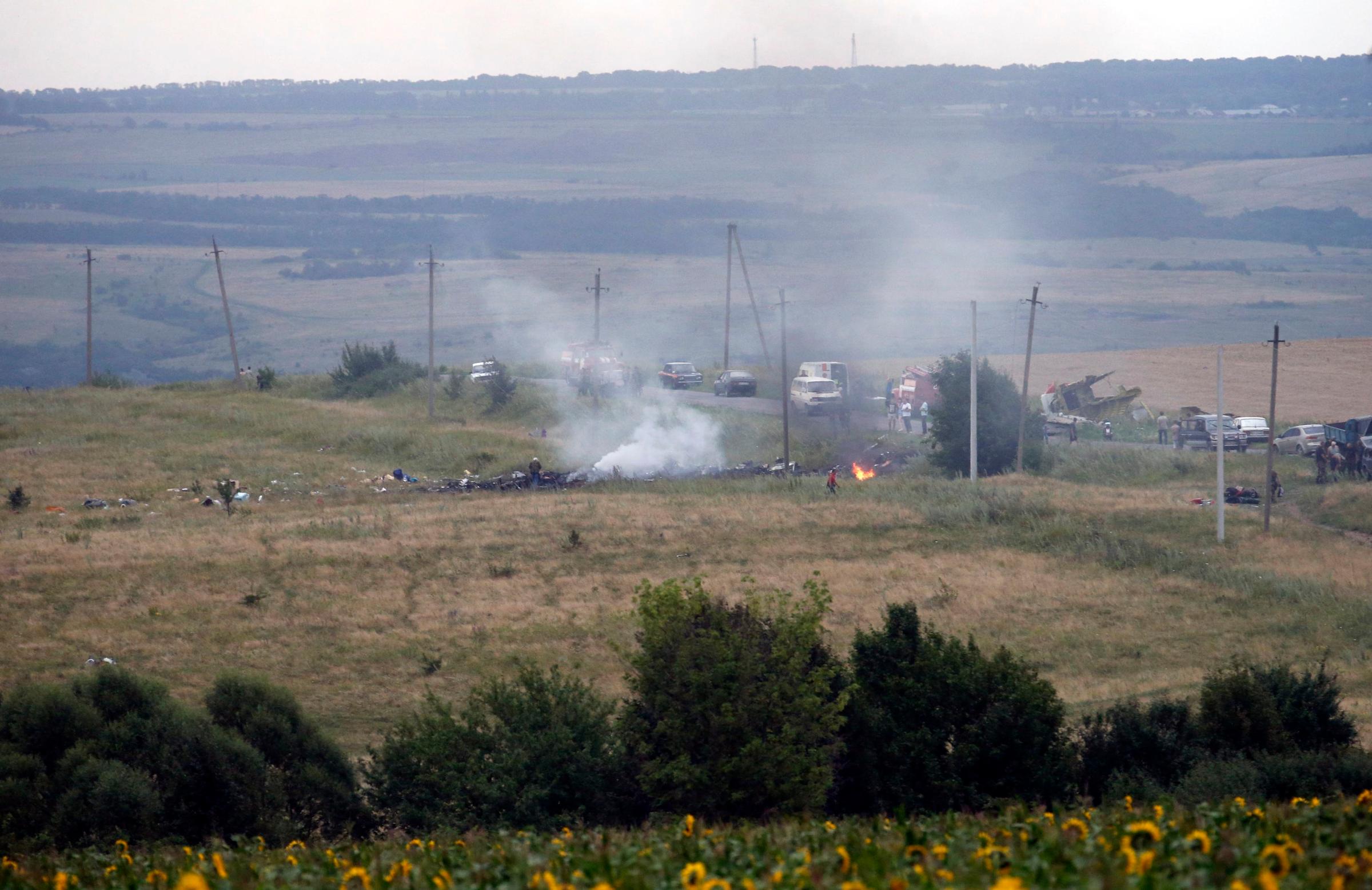
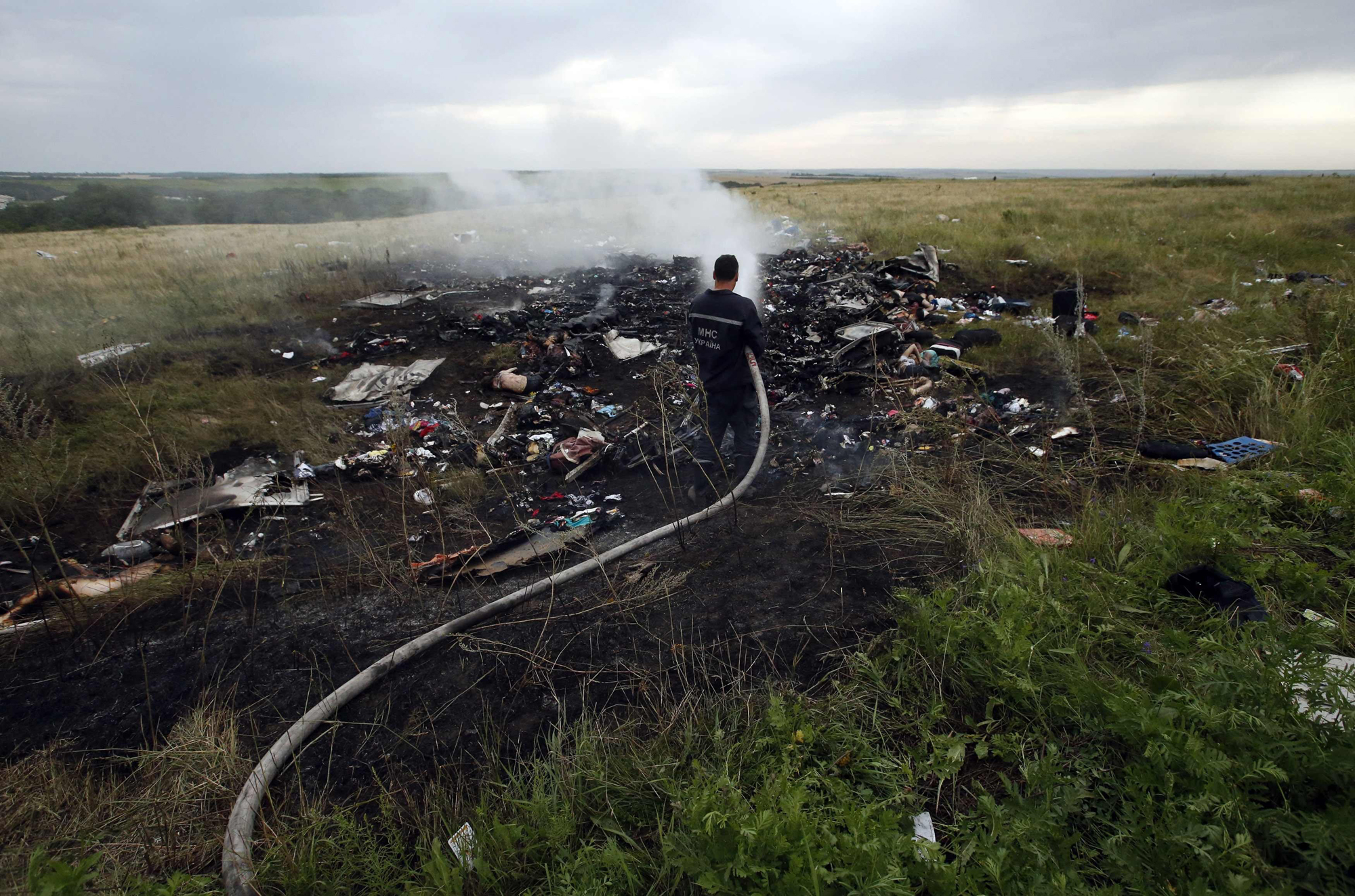

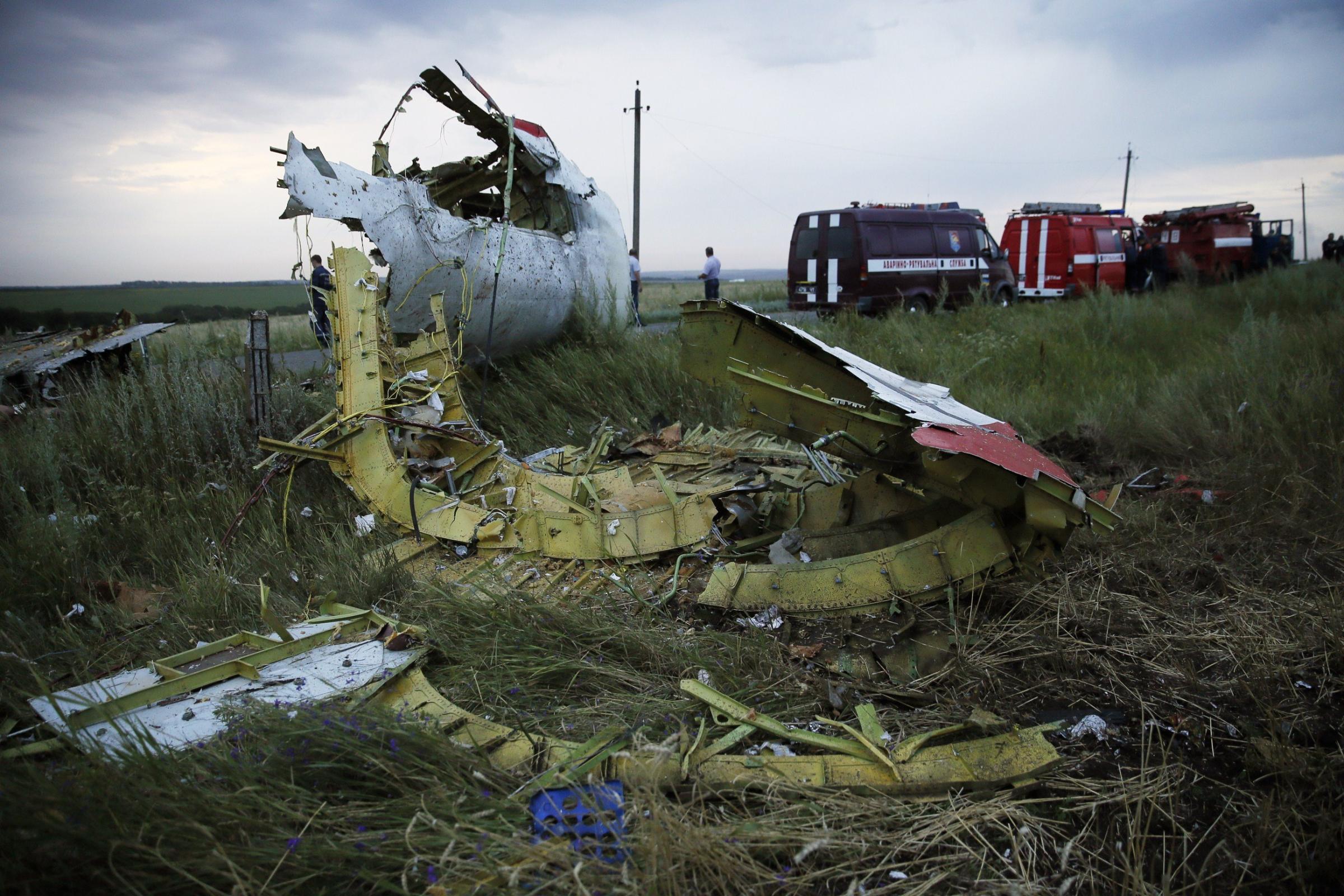
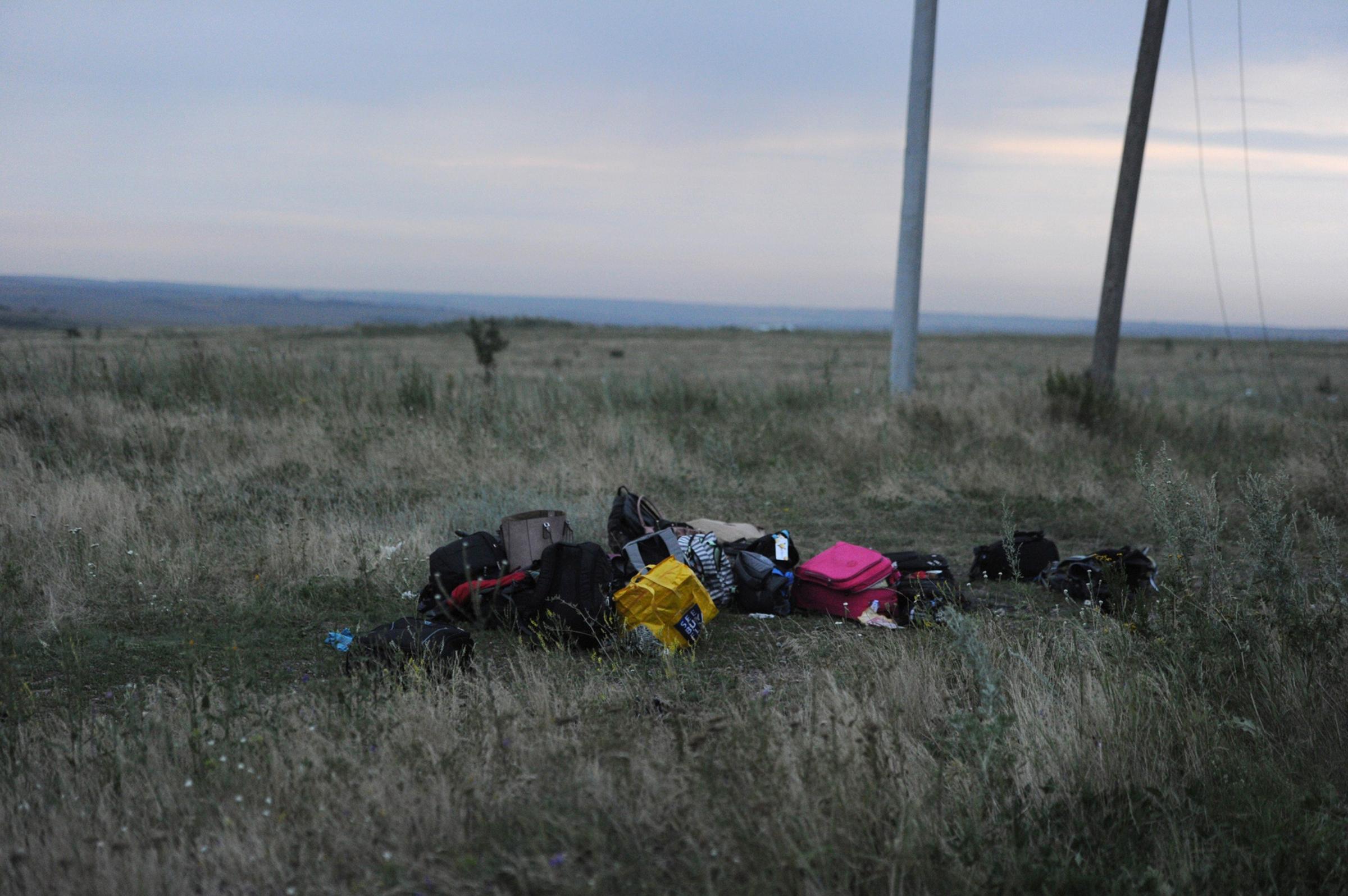
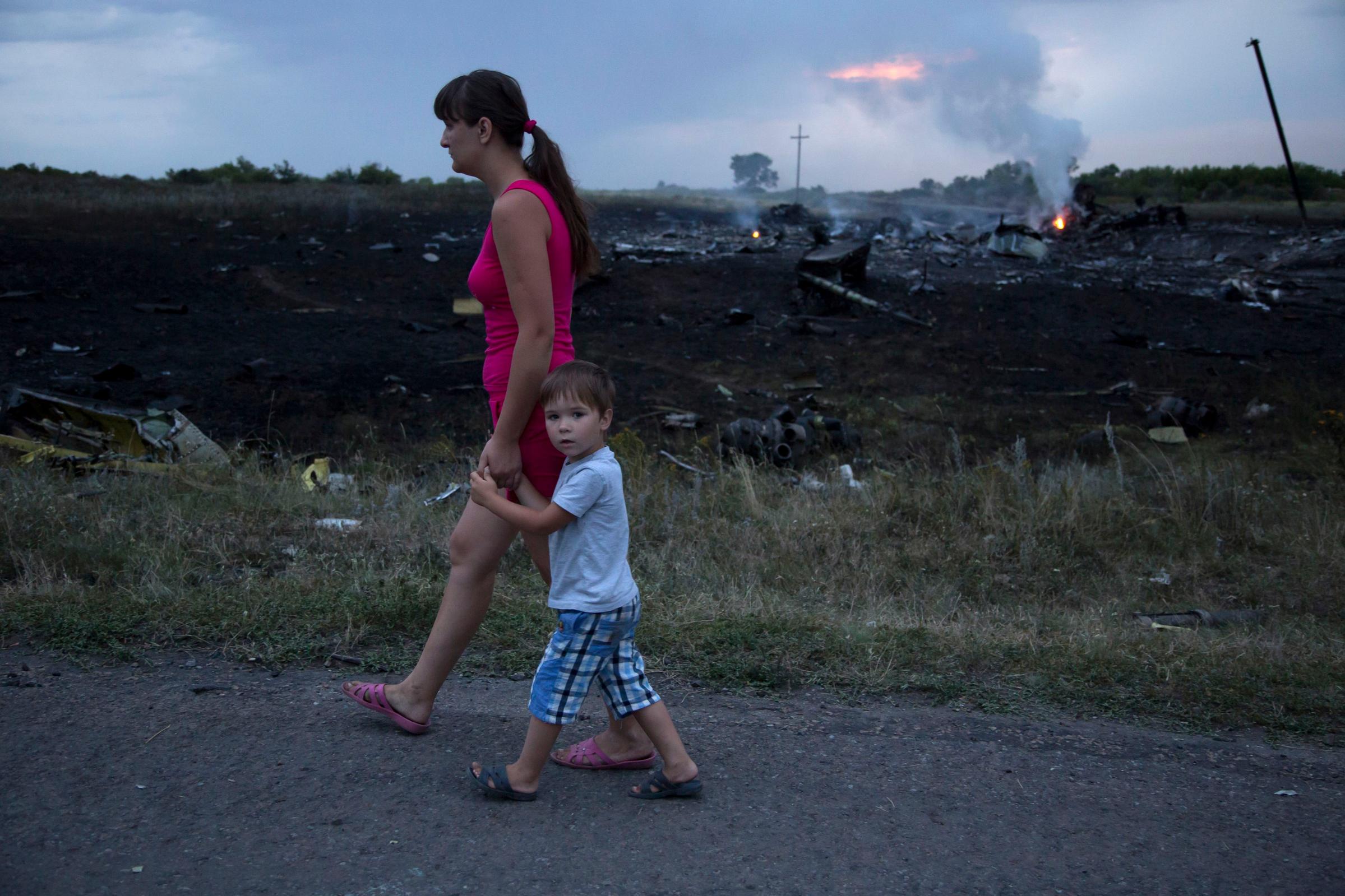

More Must-Reads from TIME
- Cybersecurity Experts Are Sounding the Alarm on DOGE
- Meet the 2025 Women of the Year
- The Harsh Truth About Disability Inclusion
- Why Do More Young Adults Have Cancer?
- Colman Domingo Leads With Radical Love
- How to Get Better at Doing Things Alone
- Michelle Zauner Stares Down the Darkness
Contact us at letters@time.com